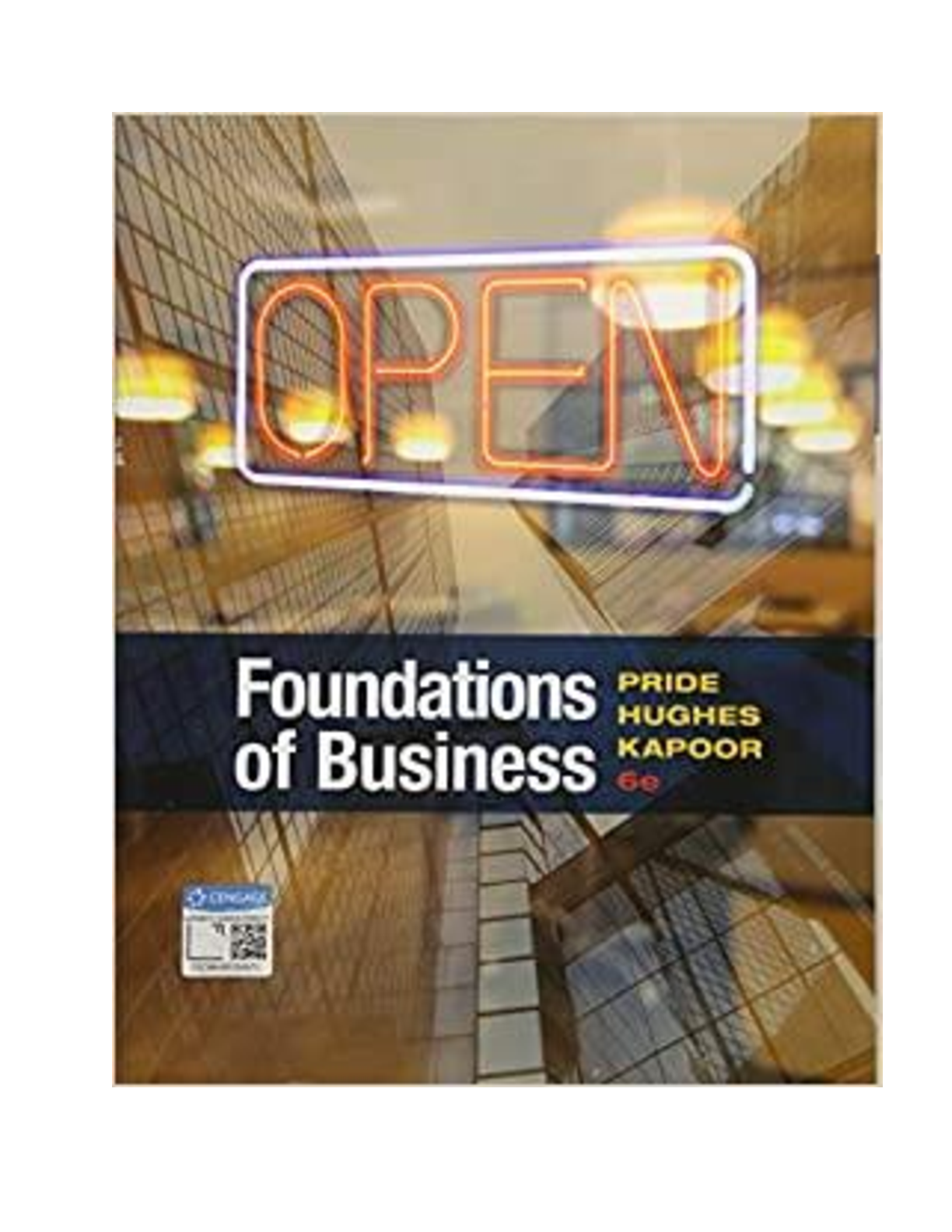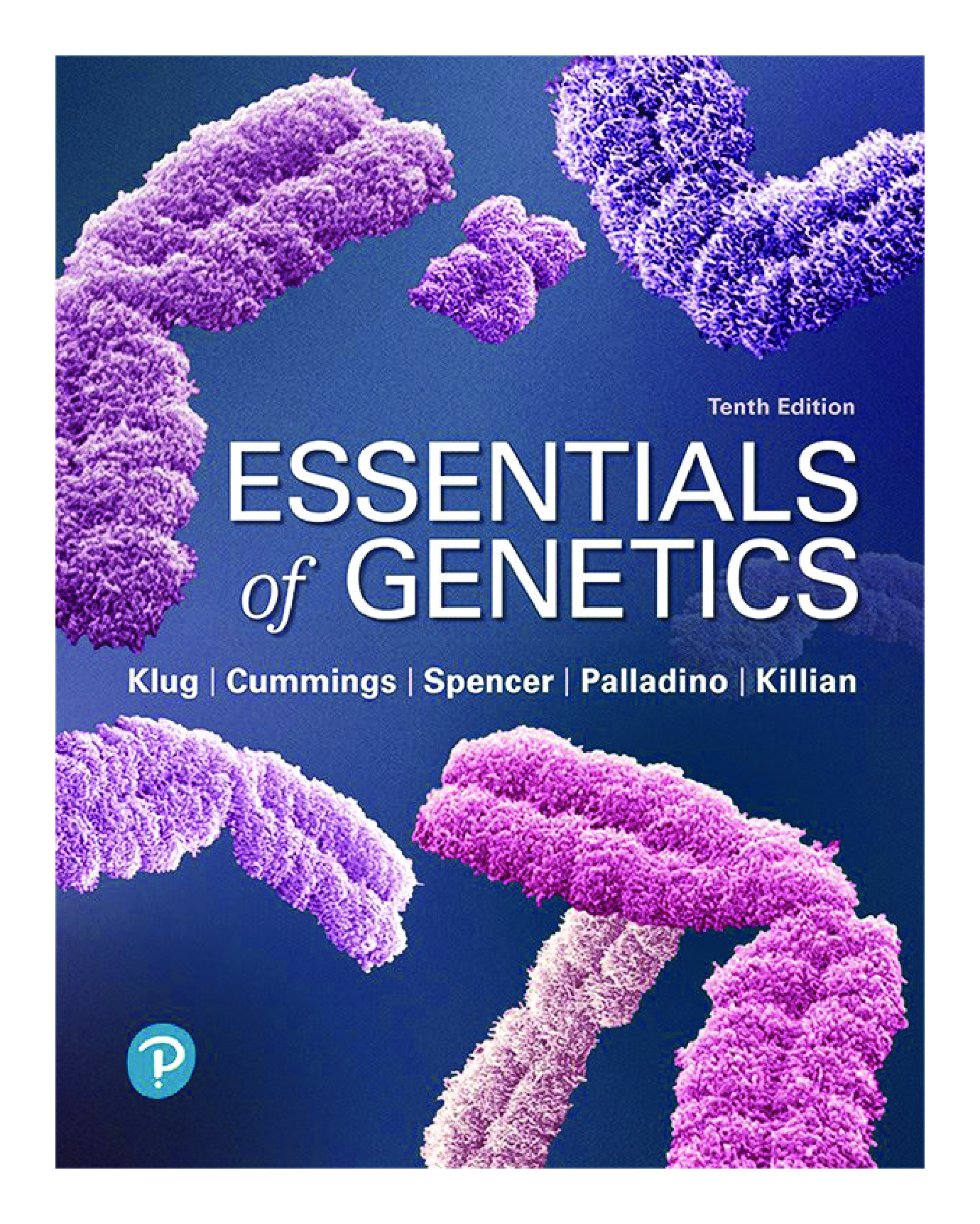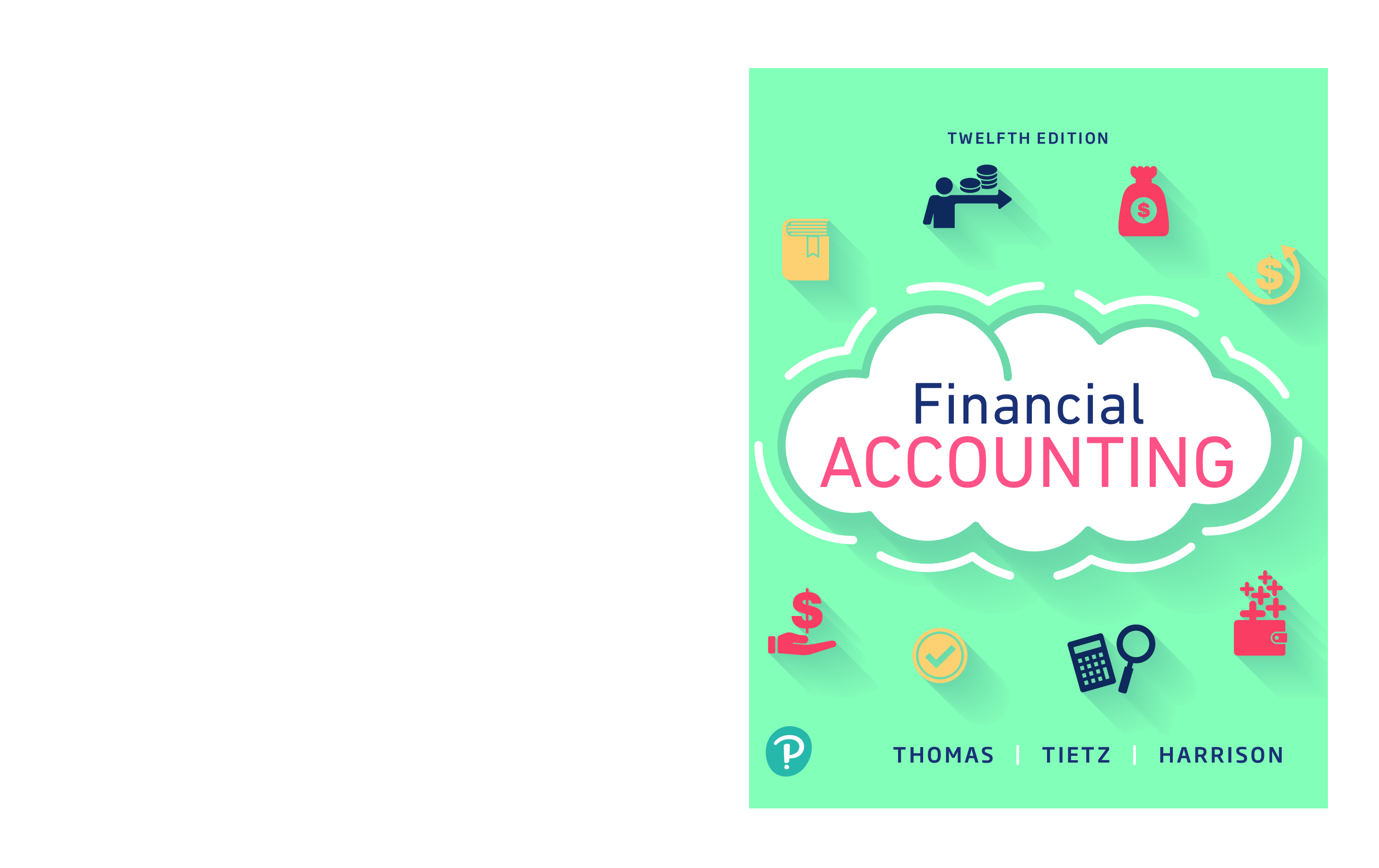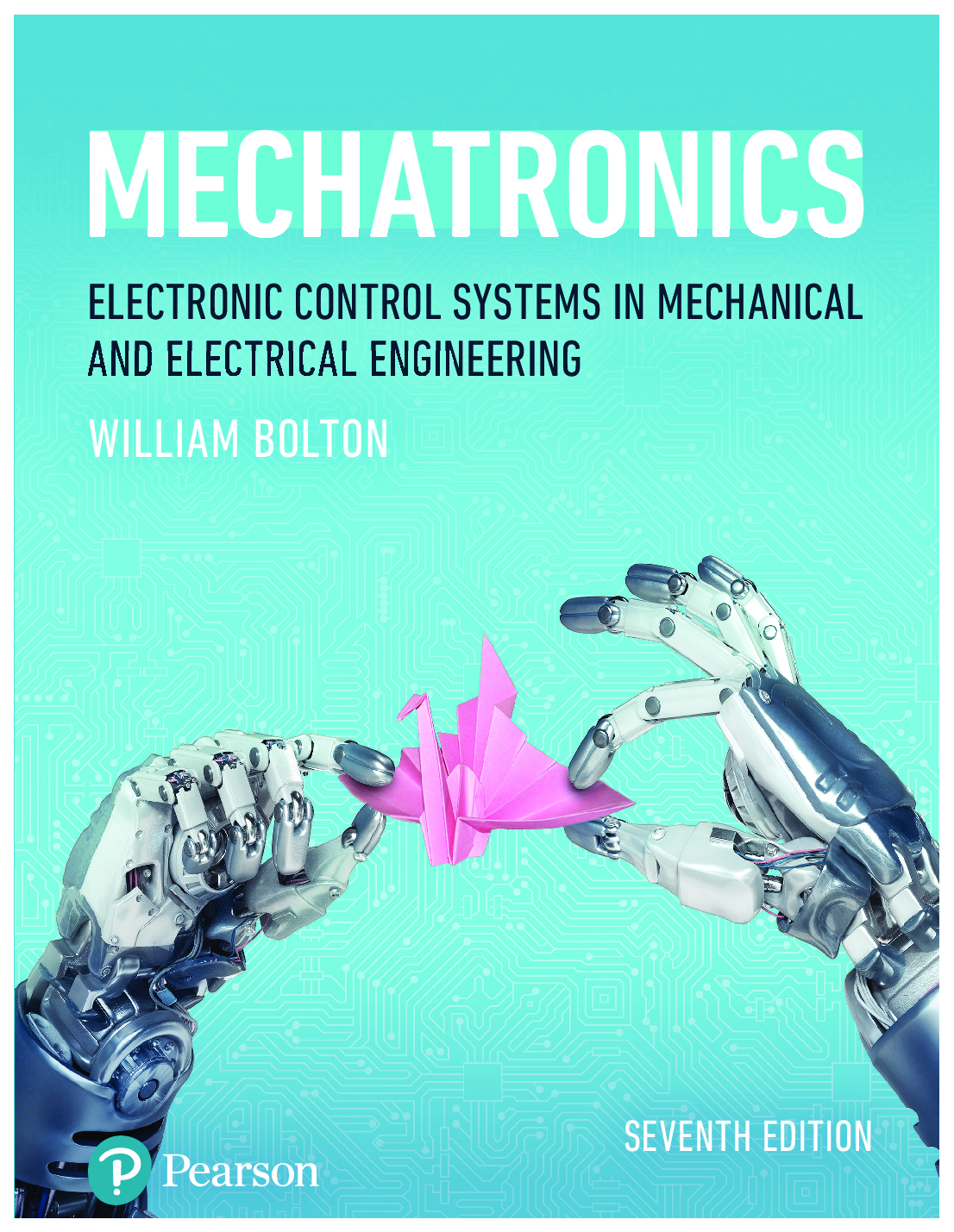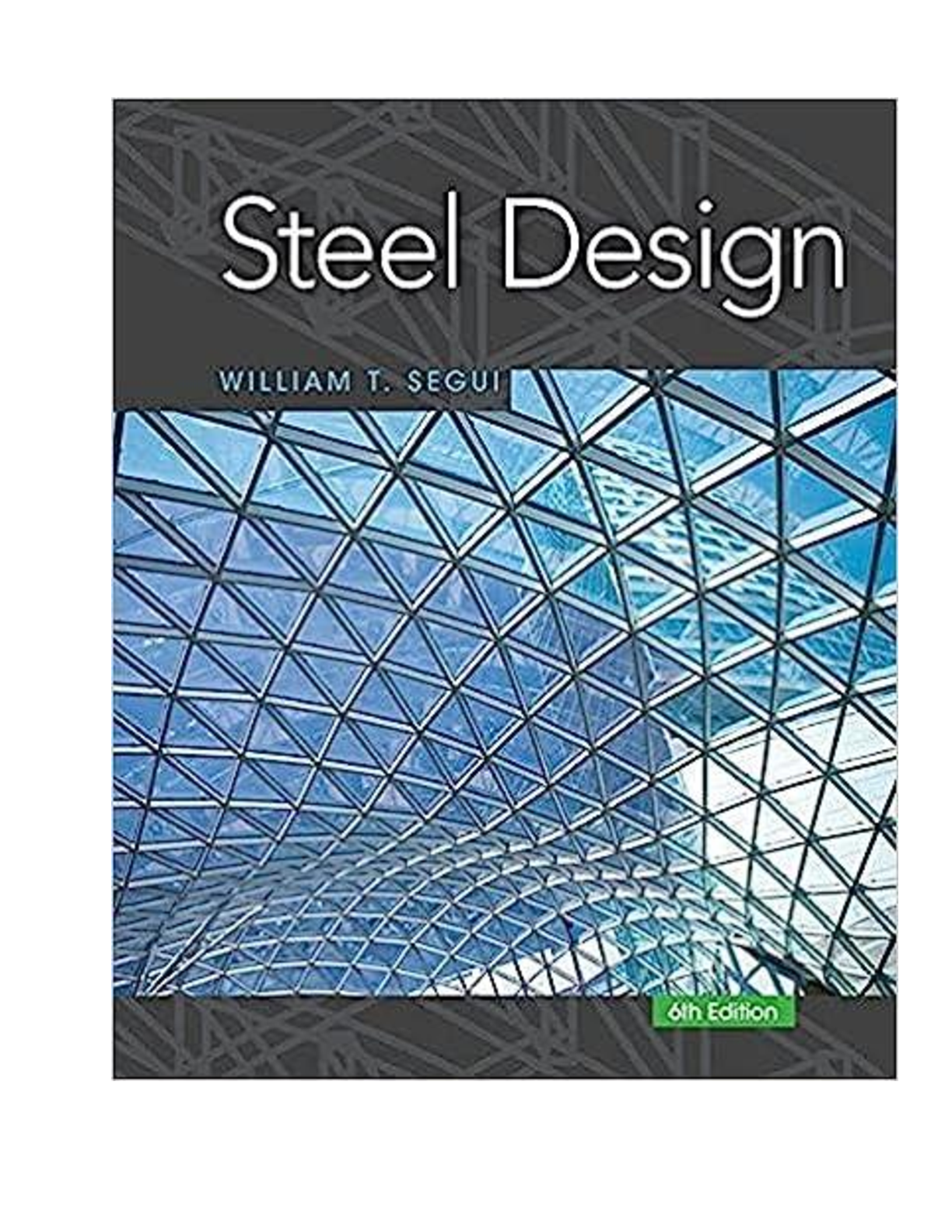Engineering > eBook-PDF > eBook for Engineering Economy 17th Edition By William G. Sullivan, Elin M Wicks, C Patrick Koelling (All)
eBook for Engineering Economy 17th Edition By William G. Sullivan, Elin M Wicks, C Patrick Koelling
Document Content and Description Below
eBook for Engineering Economy, 17th Edition By William G. Sullivan, Elin M Wicks, C Patrick Koelling Get All 14 Chapters eBook PDF. Table of Contents Green Content CHAPTER 1 Introducti... on to Engineering Economy 1.1 Introduction 1.2 The Principles of Engineering Economy 1.3 Engineering Economy and the Design Process 1.4 Using Spreadsheets in Engineering Economic Analysis 1.5 Try Your Skills 1.6 Summary CHAPTER 2 Cost Concepts and Design Economics 2.1 Cost Terminology 2.2 The General Economic Environment 2.3 Cost-Driven Design Optimization 2.4 Present Economy Studies 2.5 Case Study–The Economics of Daytime Running Lights 2.6 In Class Exercise 2.7 Try Your Skills 2.8 Summary Appendix 2-A Accounting Fundamentals CHAPTER 3 Cost-Estimation Techniques 3.1 Introduction 3.2 An Integrated Approach 3.3 Selected Estimating Techniques (Models) 3.4 Parametric Cost Estimating 3.5 Case Study–Demanufacturing of Computers 3.6 Electronic Spreadsheet Modeling: Learning Curve 3.7 In-Class Exercise 3.8 Try Your Skills 3.9 Summary CHAPTER 4 The Time Value of Money 4.1 Introduction 4.2 Simple Interest 4.3 Compound Interest 4.4 The Concept of Equivalence 4.5 Notation and Cash-Flow Diagrams and Tables 4.6 Relating Present and Future Equivalent Values 4.7 Relating a Uniform Series (Annuity) to Its Present and Future Equivalent 4.8 Summary of Interest Formulas and Relationships for Discrete Compounding 4.9 Deferred Annuities (Uniform Series) 4.10 Equivalence Calculations Involving Multiple Interest Formulas 4.11 Uniform (Arithmetic) Gradient of Cash Flows 4.12 Geometric Sequences of Cash Flows 4.13 Interest Rates that Vary with Time 4.14 Nominal and Effective Interest Rates 4.15 Compounding More Often than Once per Year 4.16 Interest Formulas for Continuous Compounding and Discrete Cash Flows 4.17 Case Study–Understanding Economic “Equivalence” 4.18 In-Class Exercise 4.19 Try Your Skills 4.20 Summary CHAPTER 5 Evaluating a Single Project 5.1 Introduction 5.2 Determining the Minimum Attractive Rate of Return (MARR) 5.3 The Present Worth Method 5.4 The Future Worth Method 5.5 The Annual Worth Method 5.6 The Internal Rate of Return Method 5.7 The External Rate of Return Method 5.8 The Payback (Payout) Period Method 5.9 Case Study–A Proposed Capital Investment to Improve Process Yield 5.10 Electronic Spreadsheet Modeling: Payback Period Method 5.11 In-Class Exercise 5.12 Try Your Skills 5.13 Summary Appendix 5-A The Multiple Rate of Return Problem with the IRR Method CHAPTER 6 Comparison and Selection among Alternatives 6.1 Introduction 6.2 Basic Concepts for Comparing Alternatives 6.3 The Study (Analysis) Period 6.4 Useful Lives Are Equal to the Study Period 6.5 Useful Lives Are Unequal among the Alternatives 6.6 Personal Finances 6.7 Case Study–Ned and Larry’s Ice Cream Company 6.8 Postevaluation of Results 6.9 Project Postevaluation Spreadsheet Approach 6.10 In-Class Exercise 6.11Try Your Skills 6.12 Summary CHAPTER 7 Depreciation and Income Taxes 7.1 Introduction 7.2 Depreciation Concepts and Terminology 7.3 The Classical (Historical) Depreciation Methods 7.4 The Modified Accelerated Cost Recovery System 7.5 A Comprehensive Depreciation Example 7.6 Introduction to Income Taxes 7.7 The Effective Corporate Income Tax Rate 7.8 Gain (Loss) on the Disposal of an Asset 7.9 General Procedure for Making After-Tax Economic Analyses 7.10 Illustration of Computations of ATCFs 7.11 Economic Value Added 7.12 In-Class Exercise 7.13 Try Your Skills 7.14 Summary CHAPTER 8 Price Changes and Exchange Rates 8.1 Introduction 8.2 Terminology and Basic Concepts 8.3 Fixed and Responsive Annuities 8.4 Differential Price Changes 8.5 Spreadsheet Application 8.6 Foreign Exchange Rates and Purchasing Power Concepts 8.7 Case Study–Selecting Electric Motors to Power an Assembly Line 8.8 In-Class Exercise 8.9 Try Your Skills 8.10 Summary 394of Single Cash Flows CHAPTER 9 Replacement Analysis 9.1 Introduction 9.2 Reasons for Replacement Analysis 9.3 Factors that Must Be Considered in Replacement Studies 9.4 Typical Replacement Problems 9.5 Determining the Economic Life of a New Asset (Challenger) 9.6 Determining the Economic Life of a Defender 9.7 Comparisons in Which the Defender’s Useful Life Differs from that of the Challenger 9.8 Retirement without Replacement (Abandonment) 9.9 After-Tax Replacement Studies 9.10 Case Study–Replacement of a Hospital’s Emergency Electrical Supply System 9.11 Try Your Skills 9.12 Summary CHAPTER 10 Evaluating Projects with the Benefit−Cost Ratio Method 10.1 Introduction 10.2 Perspective and Terminology for Analyzing Public Projects 10.3 Self-Liquidating Projects 10.4 Multiple-Purpose Projects 10.5 Difficulties in Evaluating Public-Sector Projects 10.6 What Interest Rate Should Be Used for Public Projects? 10.7 The Benefit−Cost Ratio Method 10.8 Evaluating Independent Projects by B−C Ratios 10.9 Comparison of Mutually Exclusive Projects by B−C Ratios 10.10 Case Study–Improving a Railroad Crossing 10.11 Try Your Skills 10.12 Summary CHAPTER 11 Breakeven and Sensitivity Analysis 11.1 Introduction 11.2 Breakeven Analysis 11.3 Sensitivity Analysis 11.4 Multiple Factor Sensitivity Analysis 11.5 Try Your Skills 11.6 Summary CHAPTER 12 Probabilistic Risk Analysis 12.1 Introduction 12.2 Sources of Uncertainty 12.3 The Distribution of Random Variables 12.4 Evaluation of Projects with Discrete Random Variables 12.5 Evaluation of Projects with Continuous Random Variables 12.6 Evaluation of Risk and Uncertainty by Monte Carlo Simulation 12.7 Performing Monte Carlo Simulation with a Computer 12.8 Decision Trees 12.9 Real Options Analysis 12.10 Summary CHAPTER 13 The Capital Budgeting Process 13.1 Introduction 13.2 Debt Capital 13.3 Equity Capital 13.4 The Weighted Average Cost of Capital (WACC) 13.5 Project Selection 13.6 Postmortem Review 13.7 Budgeting of Capital Investments and Management Perspective 13.8 Leasing Decisions 13.9 Capital Allocation 13.10 Summary CHAPTER 14 Decision Making Considering Multiattributes 14.1 Introduction 14.2 Examples of Multiattribute Decisions 14.3 Choice of Attributes 14.4 Selection of a Measurement Scale 14.5 Dimensionality of the Problem 14.6 Noncompensatory Models 14.7 Compensatory Models 14.8 Summary Appendix A Using Excel to Solve Engineering Economy Problems Appendix B Abbreviations and Notation Appendix C Interest and Annuity Tables for Discrete Compounding Appendix D Interest and Annuity Tables for Continuous Compounding Appendix E Standard Normal Distribution Appendix F Selected References Appendix G Solutions to Try Your Skills Appendix H Answers to Selected Problems [Show More]
Last updated: 2 weeks ago
Preview 1 out of 752 pages
Instant download

Buy this document to get the full access instantly
Instant Download Access after purchase
Add to cartInstant download
Reviews( 0 )
Document information
Connected school, study & course
About the document
Uploaded On
Oct 06, 2021
Number of pages
752
Written in
Additional information
This document has been written for:
Uploaded
Oct 06, 2021
Downloads
1
Views
184



 Strategic Management Creating Competitive Advantages, 10e Gregory Dess, Gerry McNamara, Alan Eisner, Seung-Hyun Lee.png)
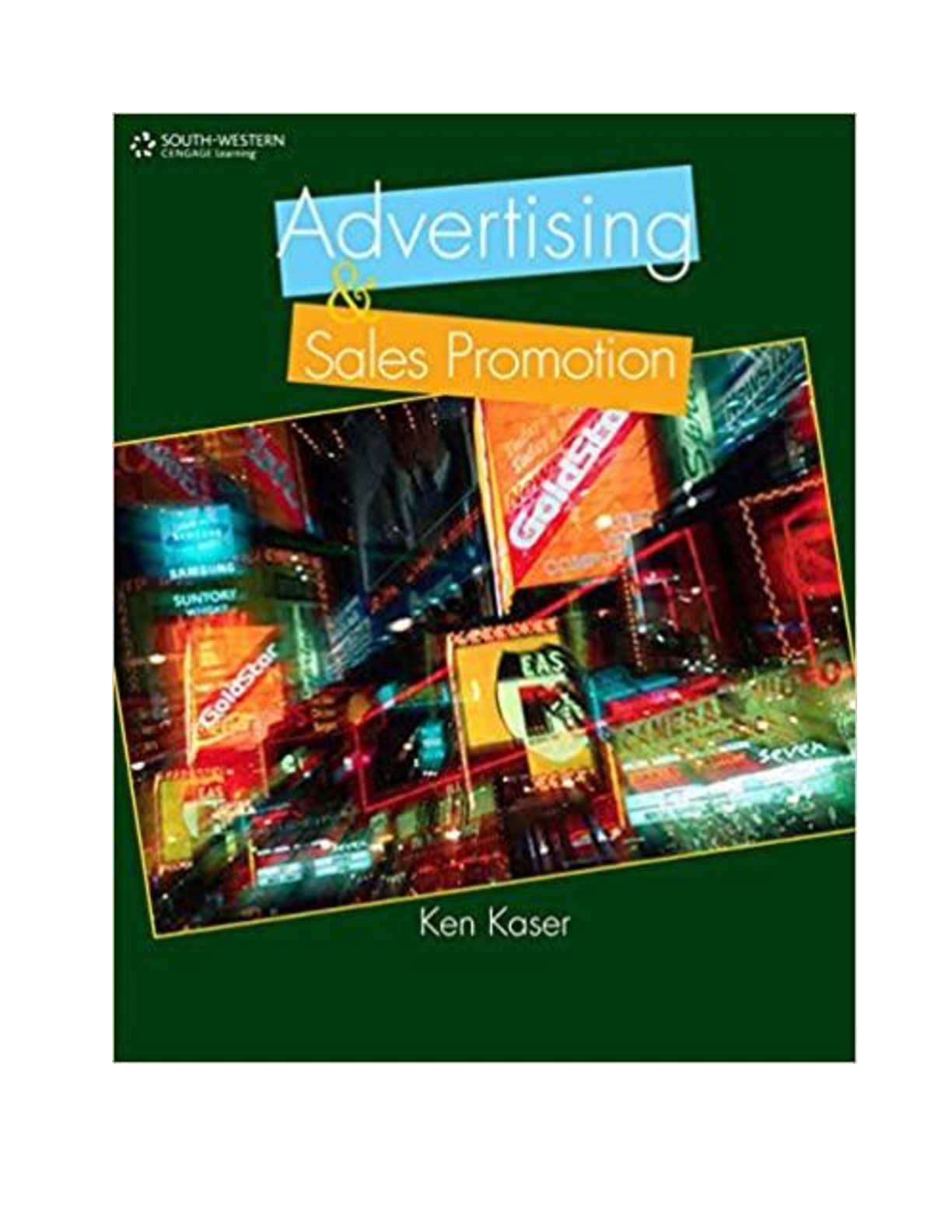


 Gary Donell, Clarence Byrd, Ida Chen.png)



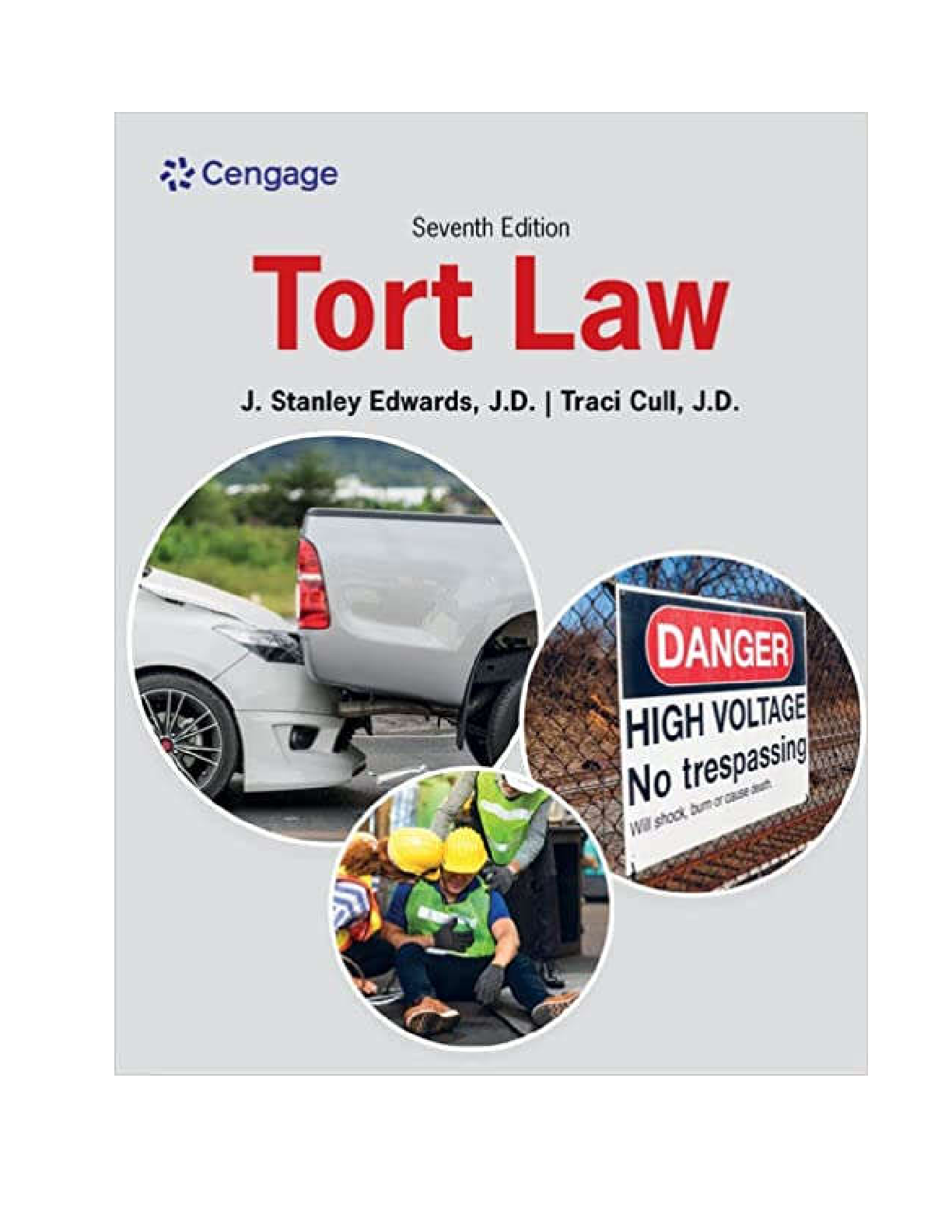
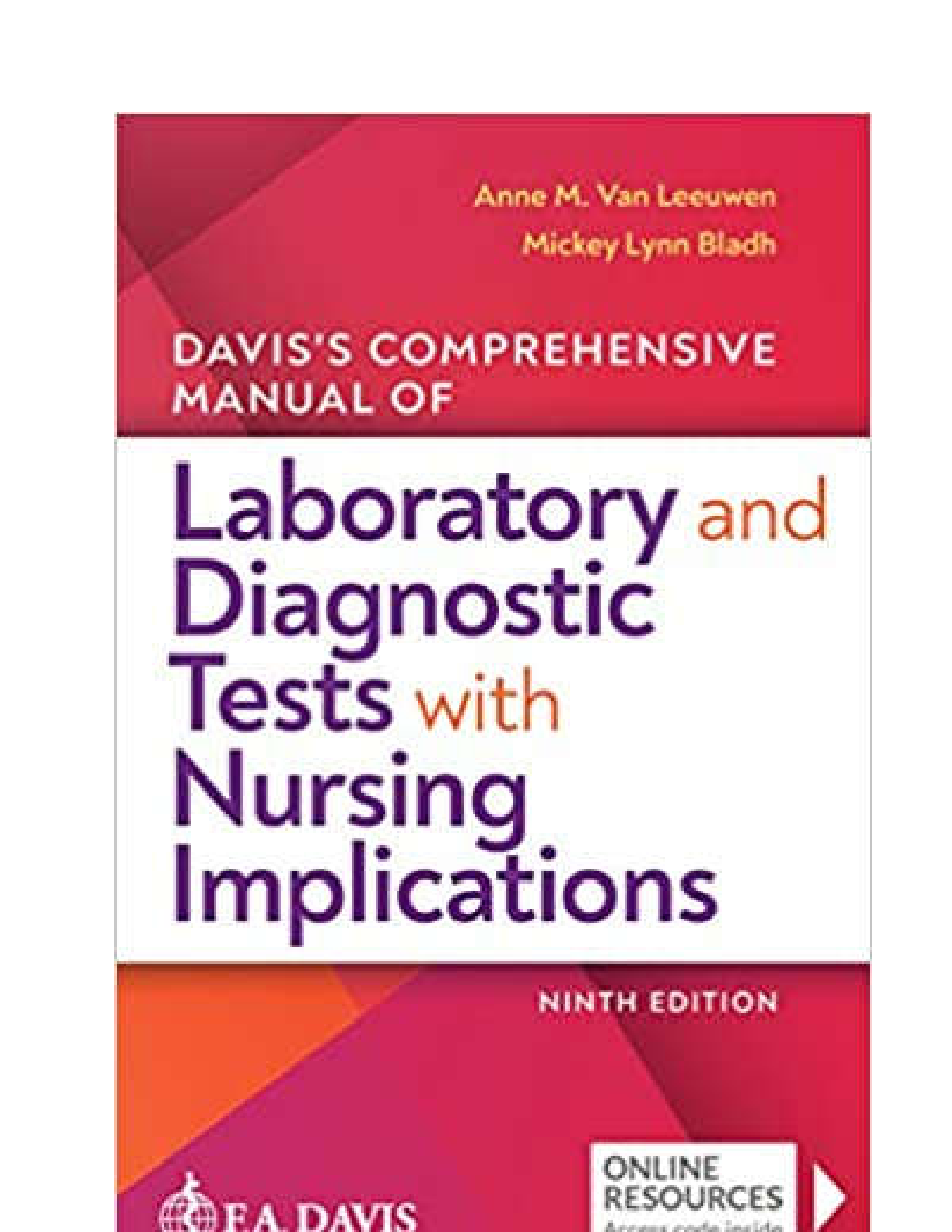

.png)
